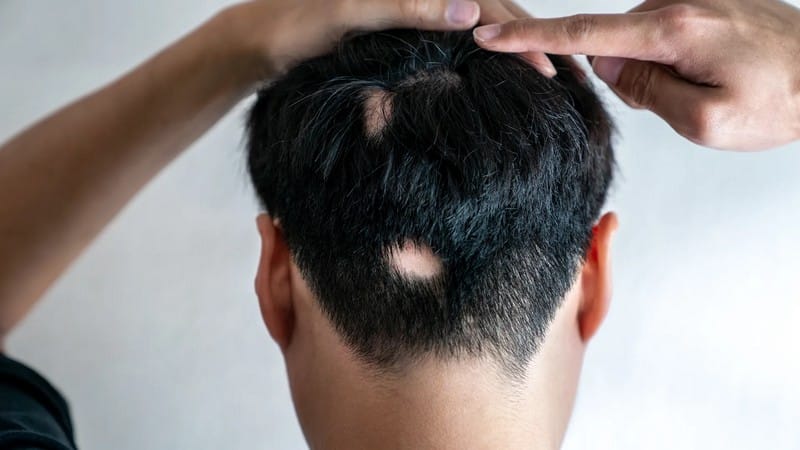Scarring Alopecia

Up to 3 percent of people with hair loss may be diagnosed with scarring alopecia, also called cicatricial alopecia. It affects people of all ages, including healthy men and women worldwide. Scarring alopecia might also be a symptom of a much more severe disorder, like chronic lupus erythematosus, which can affect various bodily functions.
Most types of scarring alopecia begin as little hair loss patches that could eventually get larger. Sometimes, hair loss is slow, accompanied by no apparent symptoms, and can go undiagnosed for a very long period. In some cases, hair loss progresses quickly and is accompanied by excruciating itchiness, burning, and discomfort.
Scarring alopecia can result in significant harm and long-term hair loss. Because of this, intensive treatment is required for the condition. The type of treatment depends on the specific diagnosis. Scarring alopecias, such as lichen planopilaris and pseudopelade, are typically treated with corticosteroids administered as injections into the afflicted skin or topical creams. Drugs such as isotretinoin and antimalarials may also be taken.










